4 Tips to Sewage Pump Maintenance
A sewage pumping station can offer various benefits.
It is responsible for keeping water from your basement when there is a storm or possible flooding.
However even the best system requires regular maintenance in order to operate at its best.
Therefore it is important that you know how to go about maintaining your sewage pumping station.
There are a number of simple preventative measures that you could take in order to keep your sump pump in good condition.
Article Chapters
1. Perform Routine Checks
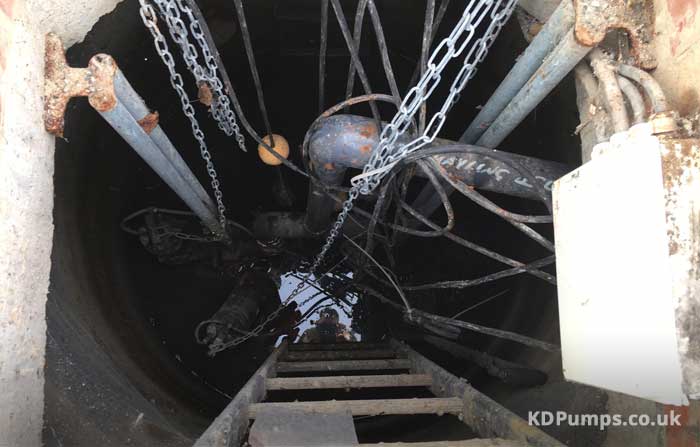
Carrying out routine checks of the sewage pump is very important.
The sewage pump system is made up of various components, and they should all be working properly to ensure that the system operates efficiently.
The sump pump should be tested on a regular basis too.
You could do this by pouring water in the sump pit so as to raise the float.
The pump should start to remove the water from the pit, and eventually shut itself off.
During such a test make sure to check that the float is able to move freely, and that all is well with the check valve.
You may also wish to look out for moldy, foul odours.
Such odours could be an indication that the sump pump is not functioning properly or that it needs a clean up.
Another point worth mentioning is that sometimes sump pumps make unusual noises.
While all sump pumps tend to make some sound, be aware of any unusual humming, clangs or bangs which could be an indication that there is something wrong with the pump.
Older sump pumps may not have been made from rust-resistant materials.
As a result if your sump pump is rather old, you may wish to check for rust and replace such rusty parts.
The most noticeable sign that the sump pump is not operating properly is when there is water in your basement.
You want to avoid ending up in such a situation as water could lead to various kinds of damages.
Thus regular inspections are highly recommended as they will help in improving its overall efficiency, as well as contribute in increasing the pump’s lifespan.
Besides, if there’s any problem you will be able to address it immediately, before ending up with a more serious fault, which could be beyond repair.
So at the end of the day routine checks can help you to save money too.
2. Regular Annual Servicing
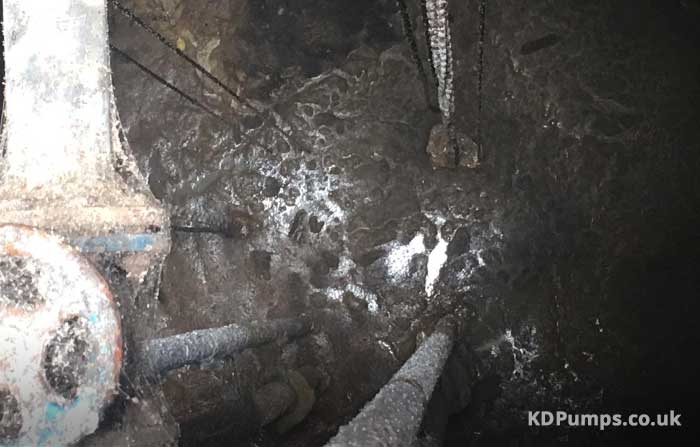
An annual service of your sewage pump system is highly recommended.
The tank will be emptied to remove any blockages.
It will also be properly cleaned.
This will include removing any dirt from the pit.
Generally there will be a lot of debris to clean, including sand, gravel and dirt.
This highlights the importance of not disposing of anything unsuitable.
It is also important to check if there is any blockage in the drainage lines.
This servicing will also include a check for any possible problems, faults or defects which need to be addressed.
The sump pump will also be tested to ensure all is well.
3. Replace Faulty Parts Immediately
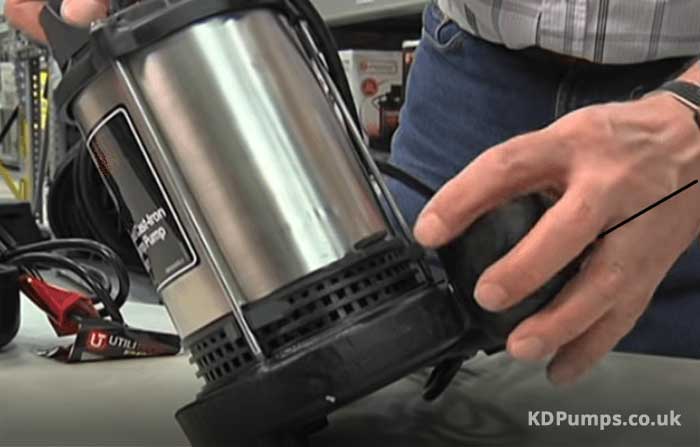
Faults are common in any system, and a sewage pump system is surely no exception.
Generally faults will be noticed during a routine check or servicing.
Any fault, even if it might be a minor one for the time being, should be addressed immediately.
If you ignore the problem chances are that the overall performance of the sewage pump station will be negatively affected over time.
Besides, the fault could end up becoming a major, possibly irreparable issue after a while.
There is no need for a part to be faulty to be replaced.
Over time some parts in your sump pump system will get worn out.
This could affect the pump’s operation.
One of the most common parts in a sump pump to get worn is the float switch.
It is recommended that this is replaced every two years.
4. Don’t Dispose Non-Biodegradable Products
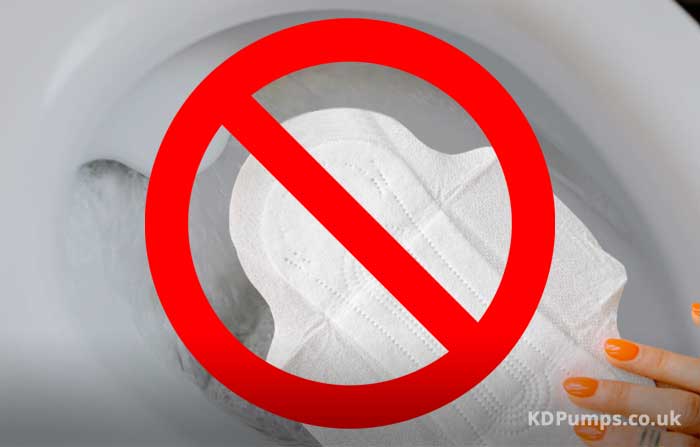
Anything and everything that gets flushed down the toilet or the sink will ultimately go to the sewage pump station.
Therefore you need to be aware of what you are dumping, and consider whether this could possibly lead to blockages.
The sewage pump station is designed to handle natural human waste, biodegradable products and foul water.
However it is not able to cope with any non-biodegradable products.
This could include nappies, cleaning wipes, sanitary towels, condoms or bandages.
These will not be able to break down in the water, and they should be thrown away in a bin.
Fat and grease are another big no no.
If these end up in the sewage pumping system they could easily lead to a very difficult build-up.
They can encase the float switch as well as create blockages easily.
Hence, if anything that is non-biodegradable ends up in the system, you are most likely going to end up dealing with blockages and other related problems, which will need to be addressed as the efficiency and operation of the system will be negatively affected.
Be aware that while some products may be marked as being biodegradable, it is still not recommended to flush them down toilets.
This includes the most fibrous wipes on the market.
So it’s better to be safe than sorry, and dump anything in a bin rather than in the toilet.
Conclusion
Carrying out regular maintenance is of the essence for a sump pump system.
While you might be used to waiting for some distinct problems to emerge to take action, this is not recommended.
It is surely better to address a minor problem than wait for it to become a major fault, which will cost more money or even be beyond repair.
It is also important to be aware that over time a sump pump will need to be replaced.
The average use of a sump pump is generally between 7 and 10 years.
It is recommended that you carry out routine checks yourself, and have a professional check out your sump pump for an annual service.

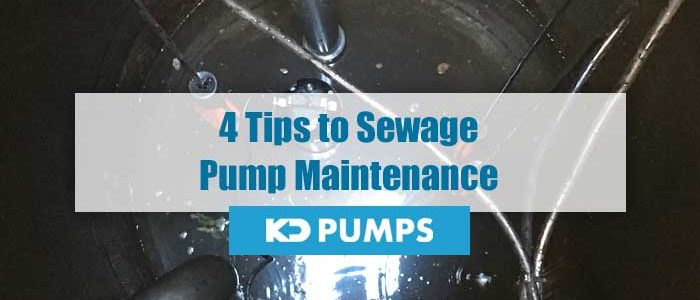
Comments are closed.